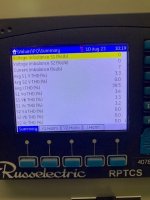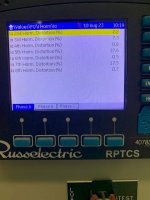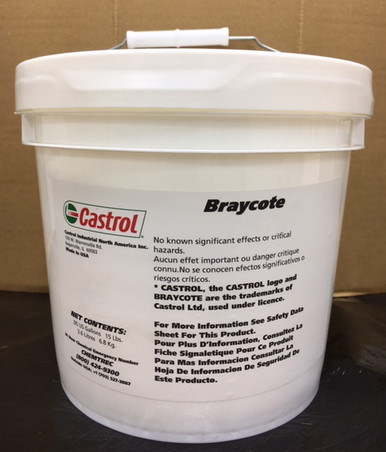jcole
Senior Member
- Location
- Lawrenceburg, Kentucky
Good day Guys and Gals.
My understanding of harmonics is that they over heat the power source (transformer) and the neutral (grounded) conductor. I work at a wastewater treatment plant that has numerous VFD that is supplied by 3 phase 480 volt systems. None of these systems have the neutral conductor connected to any of the loads because the neutral conductor is not needed for proper operation. I am assuming that the harmonic (triplen) currents are seen on the phase (ungrounded) conductors if the neutral is not connected. Is this a safe assumption?
I am asking because we have an ATS that one set of the contacts is burning up and causing a single phase condition every 2-3 years. We hardly ever run at full load (usually 30-50% percent of capacity) of the equipment. Could harmonics be a source of heat on the phase that is burning up and failing in the ATS? Just trying to figure out why we cannot get the life out of these ATS that we should be getting. Sound more like a connection issue but connections are torqued to manufactrure specs and monitored with thermal camera every 90 days. Over time one of the phases start to show signs of overheating on the images and soon fails. The failure does not occur at the termination point of the feeder conductor but in the ATS contact that open and closes.
Any ideas would be appreciated.
My understanding of harmonics is that they over heat the power source (transformer) and the neutral (grounded) conductor. I work at a wastewater treatment plant that has numerous VFD that is supplied by 3 phase 480 volt systems. None of these systems have the neutral conductor connected to any of the loads because the neutral conductor is not needed for proper operation. I am assuming that the harmonic (triplen) currents are seen on the phase (ungrounded) conductors if the neutral is not connected. Is this a safe assumption?
I am asking because we have an ATS that one set of the contacts is burning up and causing a single phase condition every 2-3 years. We hardly ever run at full load (usually 30-50% percent of capacity) of the equipment. Could harmonics be a source of heat on the phase that is burning up and failing in the ATS? Just trying to figure out why we cannot get the life out of these ATS that we should be getting. Sound more like a connection issue but connections are torqued to manufactrure specs and monitored with thermal camera every 90 days. Over time one of the phases start to show signs of overheating on the images and soon fails. The failure does not occur at the termination point of the feeder conductor but in the ATS contact that open and closes.
Any ideas would be appreciated.





